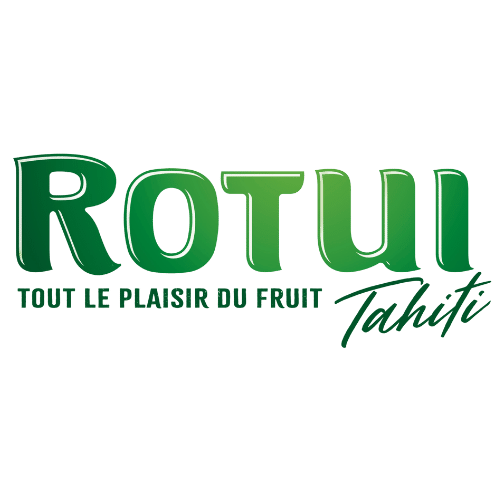
| Frangipani, the sweet-scented tree | |
|
Frangipani is certainly the most famous flower in South Pacific, at least the one symbolizing the most the tropical paradise in cold countries. It is part of the most beautiful tropical trees. So it is common to find it in gardens, usually decorating and delicately perfuming with its pretty white, yellow or bright pink flowers. The Frangipani tree, or Tipanie, is originated from South America, and was introduced in Tahiti in 1852. |
In Eastern Asia, it has been planted next to temples for thousand years. The Frangipani tree is said to be immortal, because flowers and leaves still grow even after being uprooted. Way beyond its beauty, the Frangipani tree has an important place in traditional medicine. Used in decoctions, it is rich in essential oils and in substances with high antibiotic properties, giving it excellent antibacterical, antifugal and antiviral properties. Used in infusions on the body after the bath, it perfumes pleasantly and tones up the skin. |
|
CULTIVATION This plant grows slowly but is easy to reproduce: it is just needed to cut the branches when they have no USES In French Polynesia, the Frangipani flowers don’t have a lot of medicinal uses. They are used for their perfume and their beauty, as ornament or decoration, In Asia, its bark is used as a strong purgative. In the West Indies, its latex is used as an anti-wart. |
In modern cosmetic, the Frangipani flower is found in multiple cosmetic products with soothing properties, as well as in perfumery for its exhilarating and exotic fragrance. In Asia, Tipanie flowers infusion can be applied on the body following the bath. This infusion will tone up the skin while perfuming it with subtle and delicate smell. |







